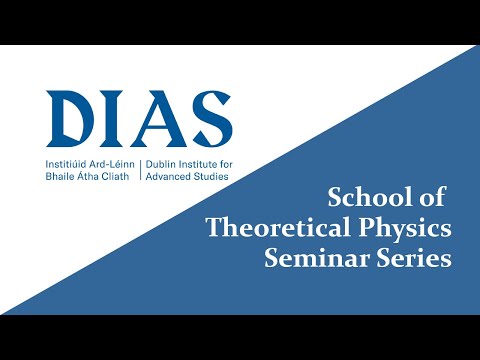Description:
Save Big on Coursera Plus. 7,000+ courses at $160 off. Limited Time Only!
Grab it
Explore the intricacies of fractons and subsystem symmetries in this comprehensive lecture on the 3D Plaquette Ising Model. Delve into the emergence of topological quasiparticle excitations with restricted mobility, tracing their origins from earlier models to the groundbreaking work of Pretko, Vijay, Haah, and Fu. Examine the X-cube model and its relation to the 3D plaquette Ising model through duality. Investigate both classical and quantum versions of the 3D plaquette Ising model, focusing on the unusual scaling properties of its first-order phase transition and the nature of its ordered phase. Compare and contrast the quasiparticle excitations in the dual X-cube model with those in the 2D toric code. Gain insights into various aspects of the model, including correlation length, periodic boundary conditions, spin flips, and subsystem symmetry. Presented by Des Johnston, this 1-hour 27-minute talk from the Dublin Institute for Advanced Studies DIAS covers a wide range of topics, from classical spin models to quantum spin models and continuum theory.
Read more

The 3D Plaquette Ising Model: Subsystem Symmetries and Fractons
Add to list
#Science
#Physics
#Condensed Matter Physics
#Phase Transitions
#Thermodynamics
#Statistical Mechanics
#Computer Science
#Quantum Computing
#Quantum Error Correction
#Toric Code